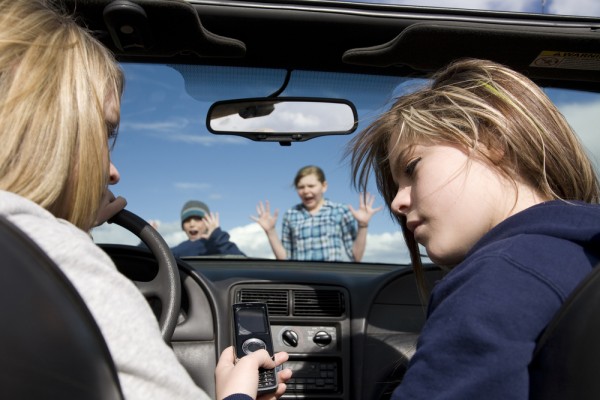
You've been told over and over again: don't text and drive. Need more reason why? A recent study conducted by Texas A&M's Texas Transportation Institute indicates texting behind the wheel doubles your reaction time.
Distracted driving accounts for about one-fifth of all fatal car crashes, with cell phones the most common source of that distraction. One out of every five drivers has admitted to texting while driving but the true number is probably considerably higher.
According to TTI's study, non-distracted drivers were able to react to obstacles within one to two seconds on average. While texting, reaction times were at least three to four seconds.
To gauge the level of distraction, researchers placed participants on a test track with obstacles, and told them to navigate the course without texting. On the second run, participants were directed to text while driving. Their reaction times to a flashing light were also measured.
While we've covered the issues with reaction times, the results of the reaction to that flashing light were quite worrisome. Drivers were found to be 11 times more likely to miss the flashing light while texting, which could easily be equated to missing a traffic signal.
The results should serve as a wake up call to those of us who can't put the phone down.
"Most research on texting and driving has been limited to driving simulators. This study involved participants driving an actual vehicle," TTI associate transportation researcher Christine Yager says. "So one of the more important things we know now that we didn’t know before is that response times are even slower than we previously thought."
In addition to the reaction delays, researchers found impairment elsewhere: the ability to maintain lane position (especially on open non-barreled portions of the course) and the ability to maintain speed.
Researchers warn that the course was intentionally made simple to reduce the possibility of injury to those participating -- thus the dangers could be far greater than what this study suggests.
42 drivers in all aged 16 to 54 participated in the study.
Photo Credit: Poulsons Photography/Shutterstock

